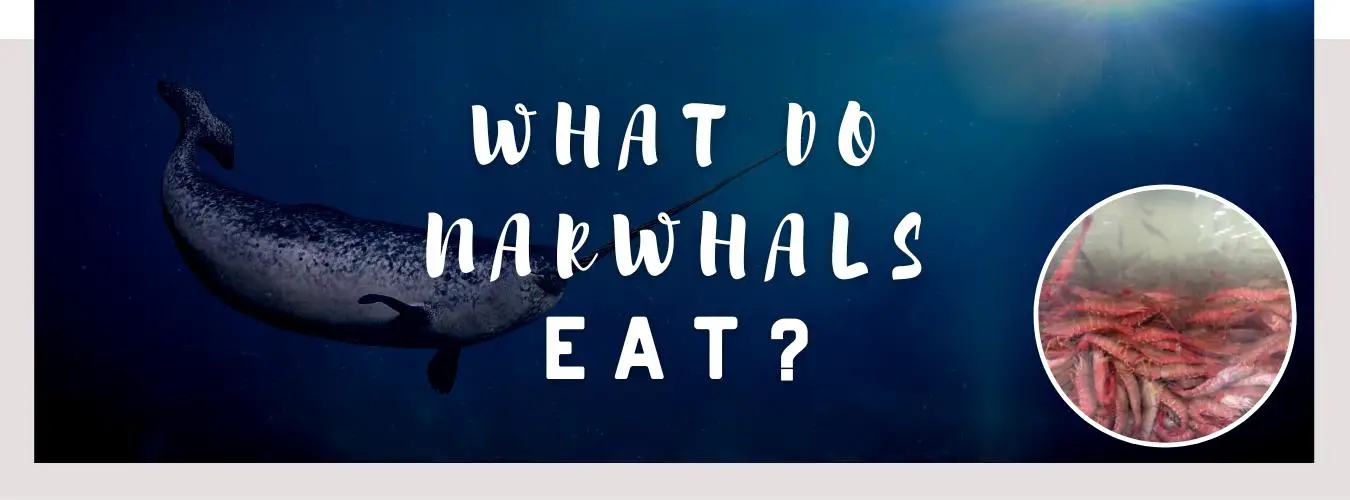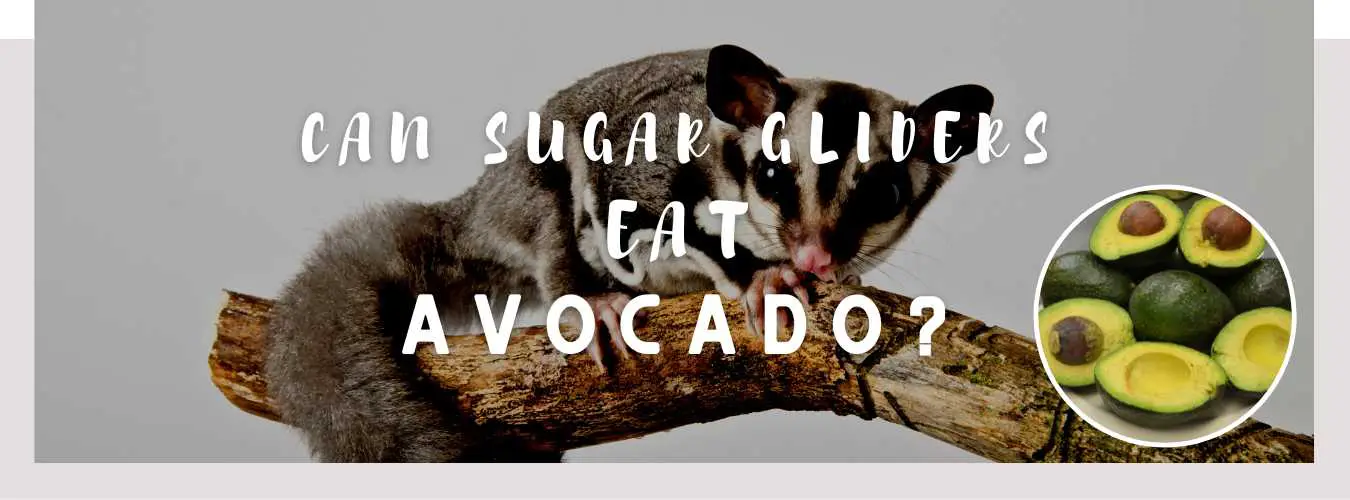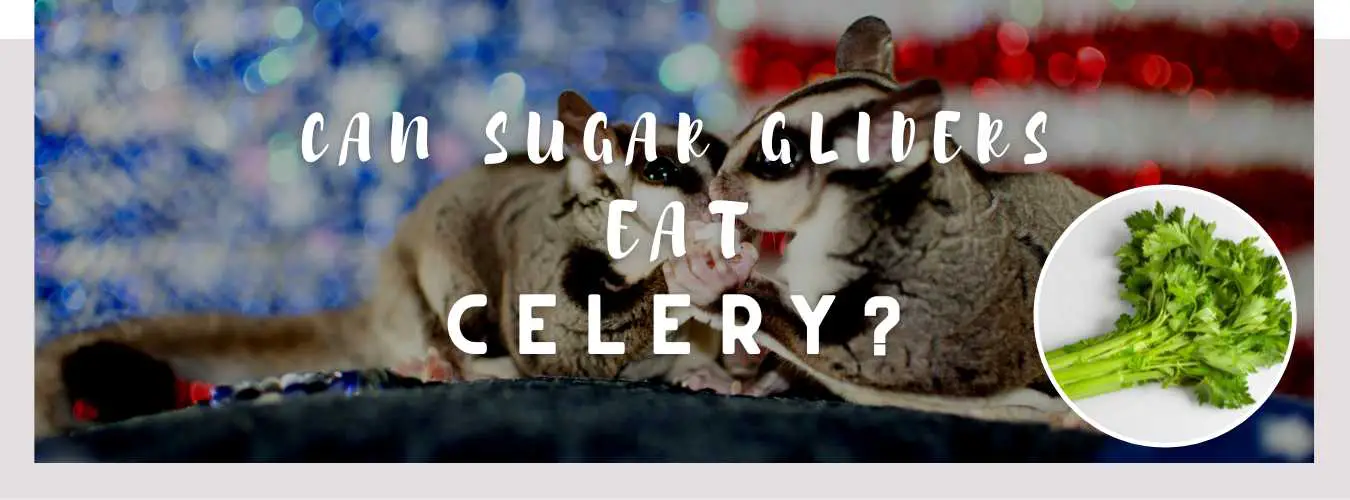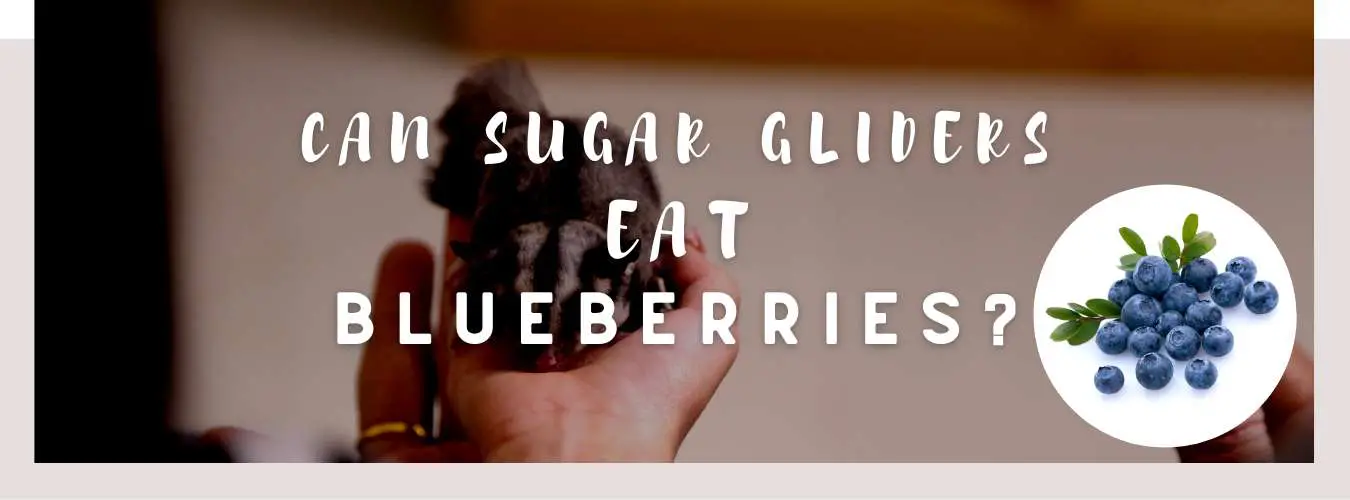
Narwhals, also known as the “unicorns of the sea,” are fascinating creatures that live in the Arctic waters of the Atlantic Ocean. They are known for their long, spiral tusks that can reach up to nine feet in length. But what do these intriguing creatures eat?
Let’s dive into the diet of these majestic animals and learn more about what sustains their life in the harsh Arctic environment.
What is a Narwhal?
A Narwhal is a species of whale that belongs to the family Monodontidae. They are characterized by their long, spiral tusks, which are actually elongated canine teeth. Narwhals can grow up to 16 feet long and weigh up to 3,500 pounds. They have a stocky build and are covered in blubber to help them survive in the cold Arctic waters.
You might also like: Do Catfish Eat Algae?
What do Narwhals Eat?

Narwhals feed on a variety of seafood, including fish, squid, and shrimp. They hunt using their tusks to break through the ice and catch their prey. They are also known to feed on crustaceans and mollusks, using their strong jaws to crack open shells.
Narwhals feed primarily in the summer and fall when the Arctic waters are more productive and food is more plentiful. They are opportunistic feeders and will eat what is available to them in their environment.
Hunting and Feeding Behavior
Narwhals hunt in the Arctic waters, diving to depths of up to 1,500 feet in search of food. They are able to hold their breath for up to 25 minutes, which allows them to dive for long periods of time in search of food.
Narwhals hunt alone or in small groups and are known to be very effective hunters. They use their tusks to break through the ice and reach their prey, which they then capture using their strong jaws.
Narwhals feed on a variety of seafood, including fish, squid, and shrimp. They are opportunistic feeders and will eat what is available to them in their environment. They are known to feed on Arctic cod, Greenland halibut, squid, and shrimp.
You might also like: What Do Blue Catfish Eat?
Migration and Feeding Habits

Narwhals are migratory animals and move between the Arctic and sub-Arctic waters in search of food. They are known to travel long distances in search of food, following the movements of their prey.
Narwhals feed primarily in the summer and fall when the Arctic waters are more productive and food is more plentiful. During the winter months, when food is scarce, narwhals fast and rely on their blubber stores to survive.
Threats to Narwhals and Their Food Sources
Narwhals face a number of threats, including climate change, overfishing, and hunting. Climate change is causing the Arctic to warm, which is affecting the food chain and reducing the availability of food for narwhals.
Overfishing is also a threat to narwhals, as it reduces the amount of food available in their environment. Hunting is also a threat, as narwhals are hunted for their tusks and other body parts.
Conclusion
Narwhals are fascinating creatures that live in the Arctic waters of the Atlantic Ocean. They feed on a variety of seafood, including fish, squid, and shrimp, using their tusks to break through the ice and reach their prey. Narwhals are migratory animals and move between the Arctic and sub-Arctic waters in search of food.
Despite their impressive hunting and feeding abilities, narwhals face a number of threats to their survival, including climate change, overfishing, and hunting. It is important to protect these magnificent creatures and their habitats to ensure their continued survival in the wild.
In conclusion, narwhals play an important role in the Arctic ecosystem and their diet and feeding habits provide insight into their unique adaptations to the harsh Arctic environment. By learning more about what narwhals eat, we can better understand and protect these amazing creatures and the ecosystem they call home.










